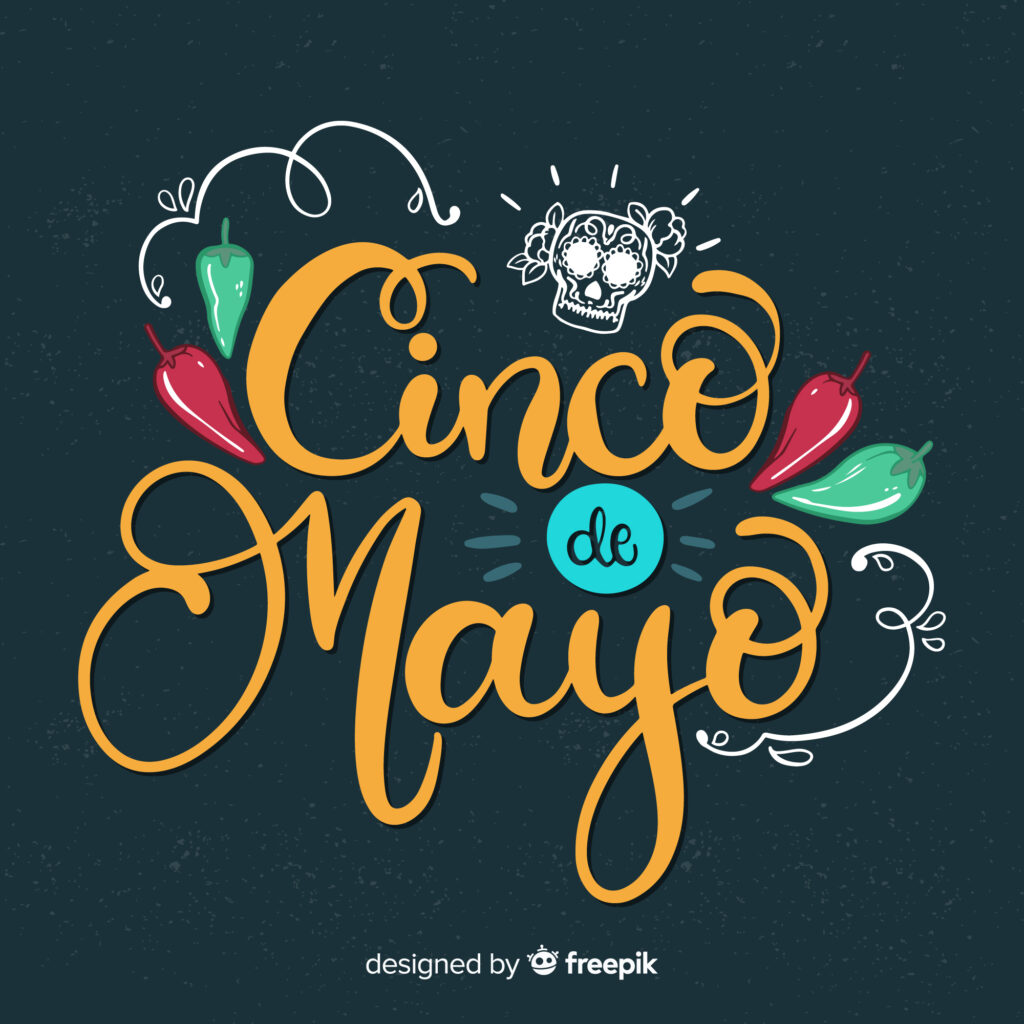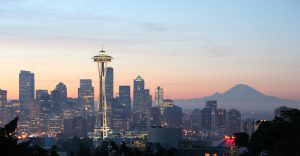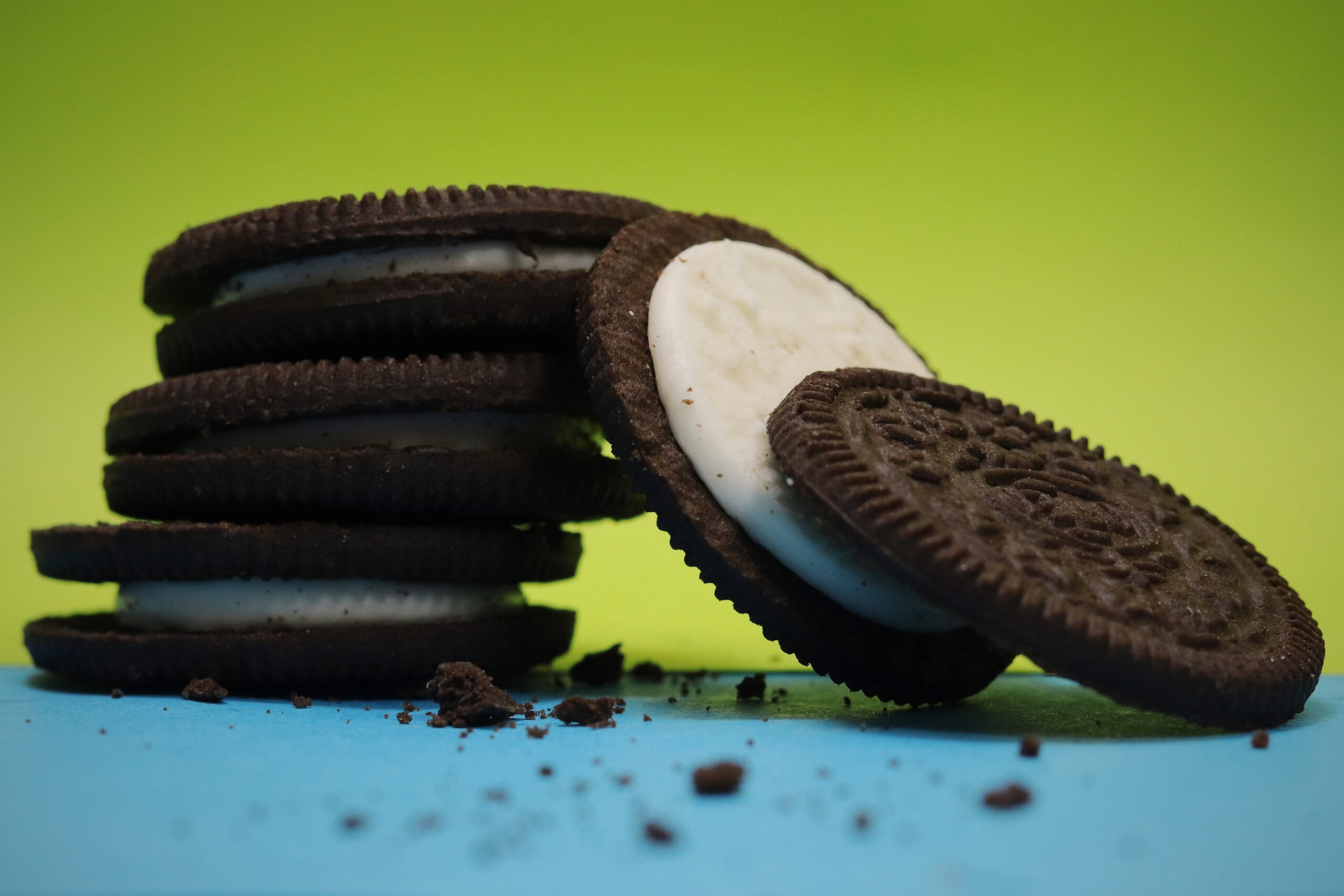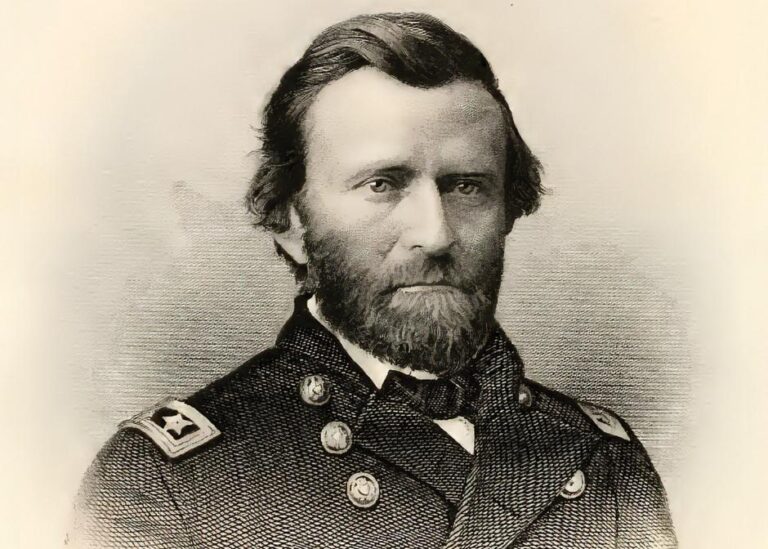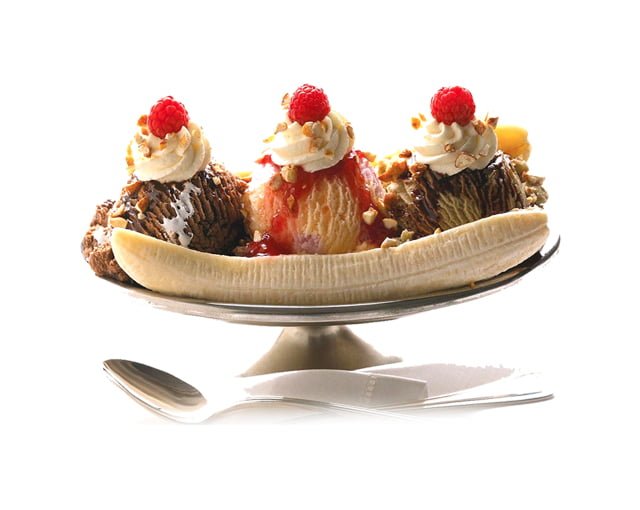This celebration of Mexican heritage takes place every May 5th, which is “Cinco de Mayo” in Spanish. The date marks Mexico’s victory in its struggle for independence from French control in 1862.
While it is celebrated in certain Mexican regions, the holiday is celebrated more significantly in the United States, especially southern areas. Cinco de Mayo traditions may include indulging in Mexican themed activities like going to Mexican restaurants, attending concerts of Mexican music, and going to Mexican cultural and educational events. Mexican dances and dance contests of folk dancing. The day honors significant Mexicans and Mexican-Americans and celebrates overall Mexican pride. A common symbol of these celebrations is the Virgen de Guadalupe, the icon of Mary, which serves as both a religious and cultural symbol.
A popular celebration takes place at the Plaza del Pueblo de Los Angeles, the largest festival of the holiday. A street fair gathering takes place featuring musical performances and dance competitions in traditional styles like the Mariachi dance.
While many Mexicans honor the significance of the holiday, very few actually take part in a celebration. However, in Puebla, the site of the battle that marks the holiday, citizens celebrate with parades, dinners, dancing and other cultural activities.
More than 120 official celebrations of the holiday take place in the United States, including cities with a large Mexican-American community.
Historical Background
Cinco de Mayo commemorates the Battle of Puebla, held on May 5, 1862. Although French and Mexican tensions had been brewing for some time, as the French had established many settlements in Mexican territory, the specific cause of the battle traces to a miscommunication. The Mexican citizens were under the impression that the French had agreed to withdraw to the Mexican coast, when in reality negotiations for the agreement had fallen apart. French forces, led by General Charles de Lorencez, took the city of Orizaba, which blocked the port of Veracruz from the Mexicans.
Lorencez’s troops met those of 33 year old Ingacio Zaragoza Seguin, the Mexican Commander General at a skirmish at Acultzingo Pass, which resulted in an easy French victory. Zaragoza fell back to Puebla. This city had been long established, meaning it held many fortifications and supplies. For some reason, Lorencez believed that the people of the city liked the French and would align with French forces after seeing Lorencez’s showcase of force.
Against the warnings of his advisors, Lorencez attacked Puebla. Even though Mexican forces were greatly outmatched, because the French ran out of ammunition, Lorencez retreated. But Zaragoza positioned units on the French soldier’s path of their retreat, bringing the French death toll to 462 to the Mexicans’ 83 casualties.
The battle won Mexico worldwide recognition, as most other powers had expected and easy and fast French victory. Before the war had ended, Mexican President Juárez declared May 5 as “Battle of Puebla Day,” or “Battle of Cinco de Mayo,” which eventually evolved into just Cinco de Mayo. However, the conflict with the French ultimately led to Mexican defeat—French forces won the Second Battle of Puebla and then took Mexico City, forcing Mexican leaders to flee. As France mostly wanted an ally in the American continents, rather than completely taking over government, the country simply established Habsburg Archduke Maximillian as the leader of Mexico during what is now known as the Second Mexican Empire, which lasted until 1867.
The holiday has a long history of being celebrated more in the United States than Mexico. During this time period, Mexican-Americans in California reacted to Mexican resistance of French control with fireworks and patriotic celebrations, starting a tradition of commemorating the day of the battle. Popularity of the celebration increased with the rise of the Chicano movement in the 1940s. It was again augmented in the 1980s when beer companies and other recreation related businesses started promotion of the holiday.
Prominent Mexican Figures
Since most celebrations take place in the United States, the holiday usually honors prominent Mexican-American figures:
César Chávez, who is one of the most widely recognized Mexican-Americans. Chávez grew up working in farm fields with his family, leaving to join the military at age 17.
Other notable Mexican-Americans include many professional athletes, entertainment stars, authors, artists, political figures, and many other areas of expertise. Cinco de Mayo celebrations often focus on civil rights or cultural leaders due to the holiday’s patriotic theme.















